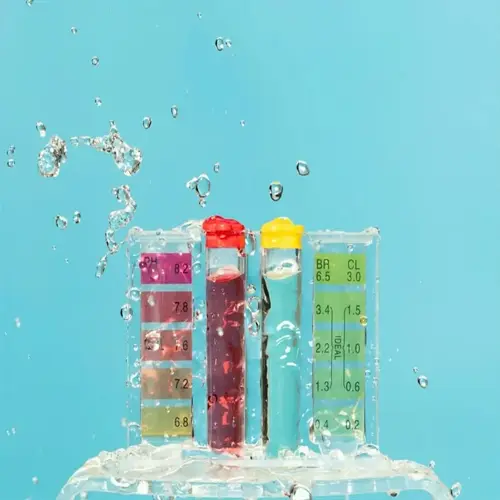What plants suffer most from poor drainage?

Written by
Paul Reynolds
Reviewed by
Prof. Samuel Fitzgerald, Ph.D.Some plants are susceptible to poor drainage conditions owing to their particular root structures and moisture requirements. Root crops, such as carrots, rot from excess moisture, while Mediterranean herbs, like lavender, drown unless they experience dry periods. In contrast, fruit-bearing plants, like tomatoes, drop their blossoms when suffering from stressful conditions. I have lost entire plantings of rosemary in wet seasons before I improved the drainage.
Root Vegetables
- Carrots develop forked roots and rot in saturated soil
- Radishes crack and become pithy with excess moisture
- Beets develop black lesions from fungal infections
- Require 4-6 hour drainage after heavy rains
Mediterranean Herbs
- Lavender roots rot within 48 hours of saturation
- Rosemary drops needles and develops stem cankers
- Thyme becomes woody and less flavorful
- Need 3+ dry days between waterings
Fruiting Plants
- Tomatoes develop blossom end rot from calcium lockout
- Peppers drop flowers and produce thin-walled fruits
- Eggplants develop root-knot nematodes in wet soil
- Require consistent but well-drained moisture
Establish drainage zones for careful plants in your garden. Plant lavender and rosemary in mounds, adding gravel for improved drainage. Set aside sand loam ridges for carrots. Keep tomato beds in French drains. I divide the garden into high-, medium-, and low-drain sections according to the plant's needs.
Help waterlogged plants with emergency efforts. In periods of dry weather, lift root vegetables carefully and amend the soil with perlite. For herb plants, propagate cuttings in a well-drained mix to be planted before the originals die. Fruiting plants benefit from the application of calcium supplements and less water. Quick intervention is necessary for any plants that are turning yellow in the early stages or wilting.
Read the full article: 10 Essential Raised Bed Drainage Fixes

